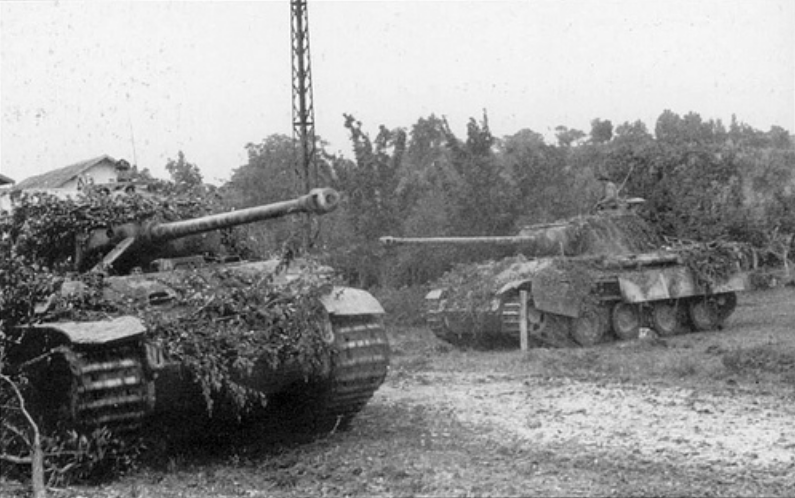

The other prototype was eventually given to the Shah of Iran. Two of the other prototypes were rebuilt to the same standard all three were officially accepted by the Army on 17 October 1933. The armor was increased from 6 to 8 mm (0.24 to 0.31 in) and from 9 to 12 mm (0.35 to 0.47 in) and a fixed machine gun was added for the driver.

It was extensively tested during 1931-2 and a few other changes were made as a result. One of the P-1 prototypes was rebuilt to address these issues with additional vision ports in all directions, internal ammunition storage and the machine gun's field of fire increased to 60°. Furthermore, they were slow, underpowered and often broke down. The Carden Loyds were evaluated during the Fall maneuvers and revealed numerous problems: the crews had very poor vision through the narrow slits, the machine gun had a very narrow field of fire, and the crewmen had a difficult time communicating. The Czechoslovak Army bought three Carden Loyd tankettes and a production license for them in 1930, Českomoravská Kolben-Daněk building four copies that same year as prototypes for future orders.

The first armored tanks and vehicles in Czechoslovakia were like most countries based on others designs and eventually evolved into their own tank designs. Overview A Carden-Loyd tankette shown towing a howitzer This article deals with the history of tanks employed by military forces in Czechoslovakia from the interwar period, and the more conventional tanks designed for the Czechoslovak Army before World War II, and the tanks that ended up as Panzers of the German Wehrmacht during World War II, or in the use of other countries who purchased them before the war began.


 0 kommentar(er)
0 kommentar(er)
